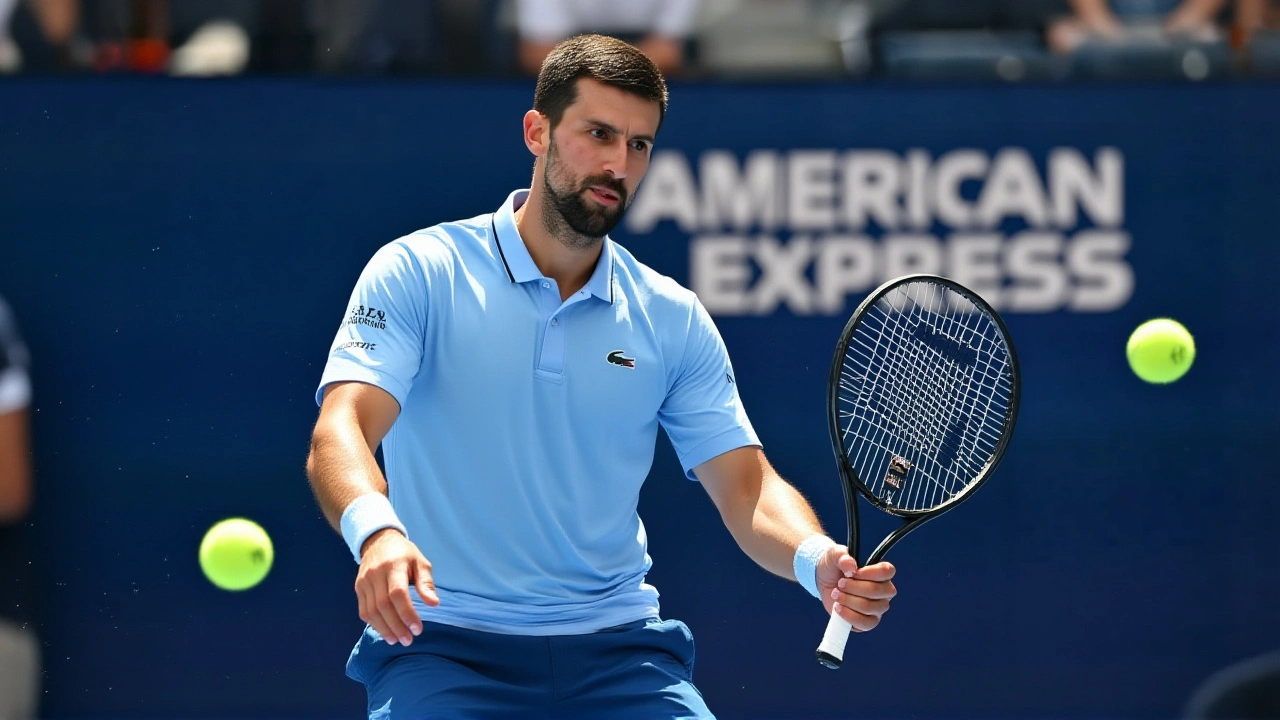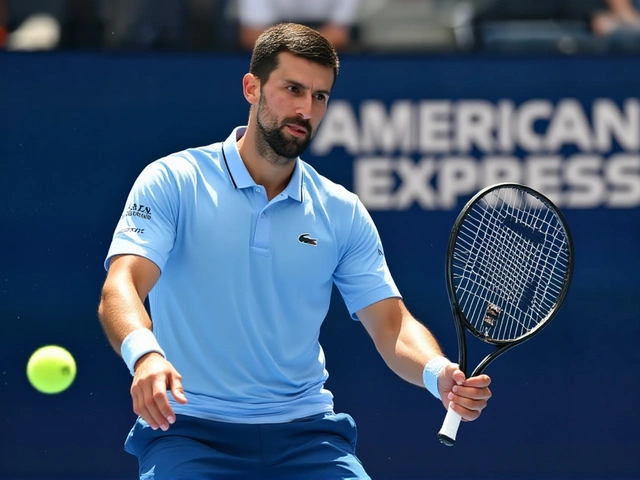Arthur Ashe Stadium – The Heart of the US Open
When talking about Arthur Ashe Stadium, the world’s largest tennis‑specific arena located in Flushing Meadows, New York, also known as the US Open’s central court, you’re stepping into a venue that blends sport, architecture, and technology. This iconic arena isn’t just a building; it’s a living stage where legends perform, crowds roar, and new records are set.
Key Features, History, and the US Open Connection
US Open, the annual Grand Slam tennis tournament that draws millions of viewers worldwide, relies on Arthur Ashe Stadium to host its marquee matches. The stadium encompasses 23,771 seats, a retractable roof, and a state‑of‑the‑art lighting system, allowing play to continue rain‑or‑shine. Its 2022 renovation added a 30,000‑square‑foot roof that can open or close in under 10 minutes, a feature that requires sophisticated hydraulic engineering and real‑time weather monitoring. The venue’s namesake, Arthur Ashe, was a trailblazing African‑American champion whose legacy inspires the tournament’s spirit of inclusion and excellence.
Beyond the US Open, the stadium hosts concerts, cultural events, and community programs. This multi‑use approach influences how the venue is managed, demanding flexible staffing, varied security protocols, and adaptable sound design. The result is a space that feels intimate for tennis fans yet powerful enough for large‑scale productions.
Stadium architecture, the discipline that blends structural engineering, aesthetics, and crowd flow optimization, plays a central role in the stadium’s success. The bowl‑shaped design ensures that every seat gets a clear line of sight to the court, while tiered seating minimizes distance between fans and the action. Advanced acoustic modeling reduces echo, making announcements crisp even at full capacity. The architecture also incorporates sustainable materials and energy‑efficient LED lighting, aligning with modern green building standards.
For spectators, the experience is shaped by more than just the view. Spectator experience, the sum of services, amenities, and technology that enhance fan enjoyment, includes high‑speed Wi‑Fi, mobile ticketing, and real‑time stats on giant screens. The stadium’s app offers seat upgrades, food delivery to your seat, and instant replays, turning a live match into an interactive event. These features require robust IT infrastructure and seamless integration with third‑party providers.
Broadcast technology also leaves its mark. High‑definition cameras, drone shots, and 5G‑enabled streaming deliver crystal‑clear visuals to millions of viewers at home. The quality of the broadcast influences how fans perceive the venue, making the stadium a global showcase for cutting‑edge production. Behind the scenes, a dedicated control room coordinates lighting cues, camera angles, and sound mixing, ensuring every broadcast segment looks polished.
Ticketing at Arthur Ashe Stadium has evolved dramatically. Early‑bird packages, dynamic pricing, and QR code entry speed up entry lines and reduce fraud. This modern approach requires secure payment gateways and real‑time inventory management, which in turn improve overall fan satisfaction and operational efficiency.
In short, Arthur Ashe Stadium is more than a court—it’s a hub where architecture, technology, and sport intersect. Below you’ll find a curated collection of articles that dive deeper into these topics, from the stadium’s design nuances to the latest fan‑centric innovations. Whether you’re a tennis aficionado, a venue manager, or just curious about what makes this arena tick, the posts ahead will give you practical insights and behind‑the‑scenes stories.

- Oct 7, 2025
- Posted by Aarav Bhatnagar
Djokovic defeats 19‑year‑old Tien, logs 80th Ashe win
Novak Djokovic survived a grueling first‑round match against 19‑year‑old Learner Tien, securing his 80th win at Arthur Ashe Stadium while battling fatigue on Aug 25, 2025.
Categories
Latest Posts
©2025 kvrinfosys.in. All rights reserved




